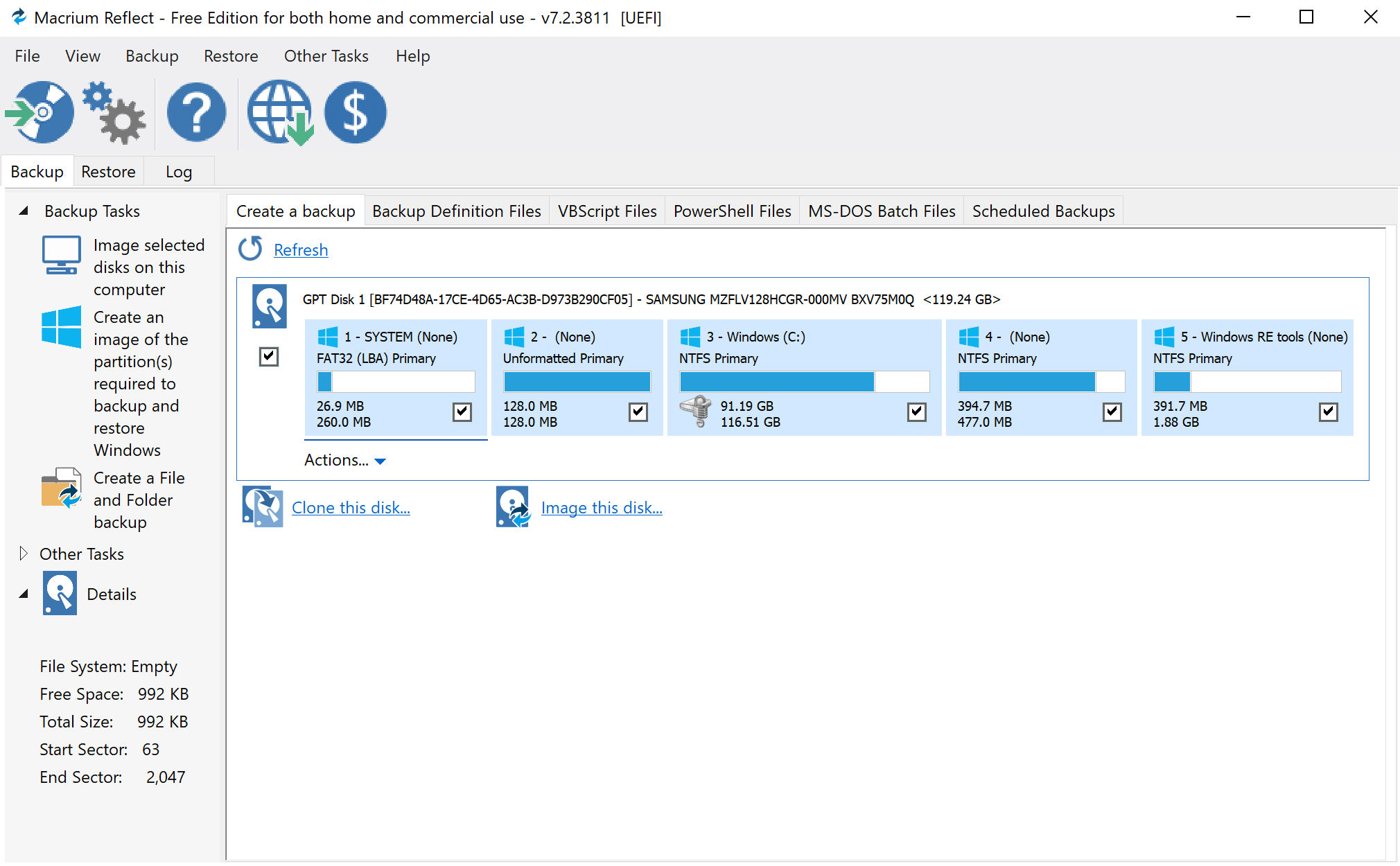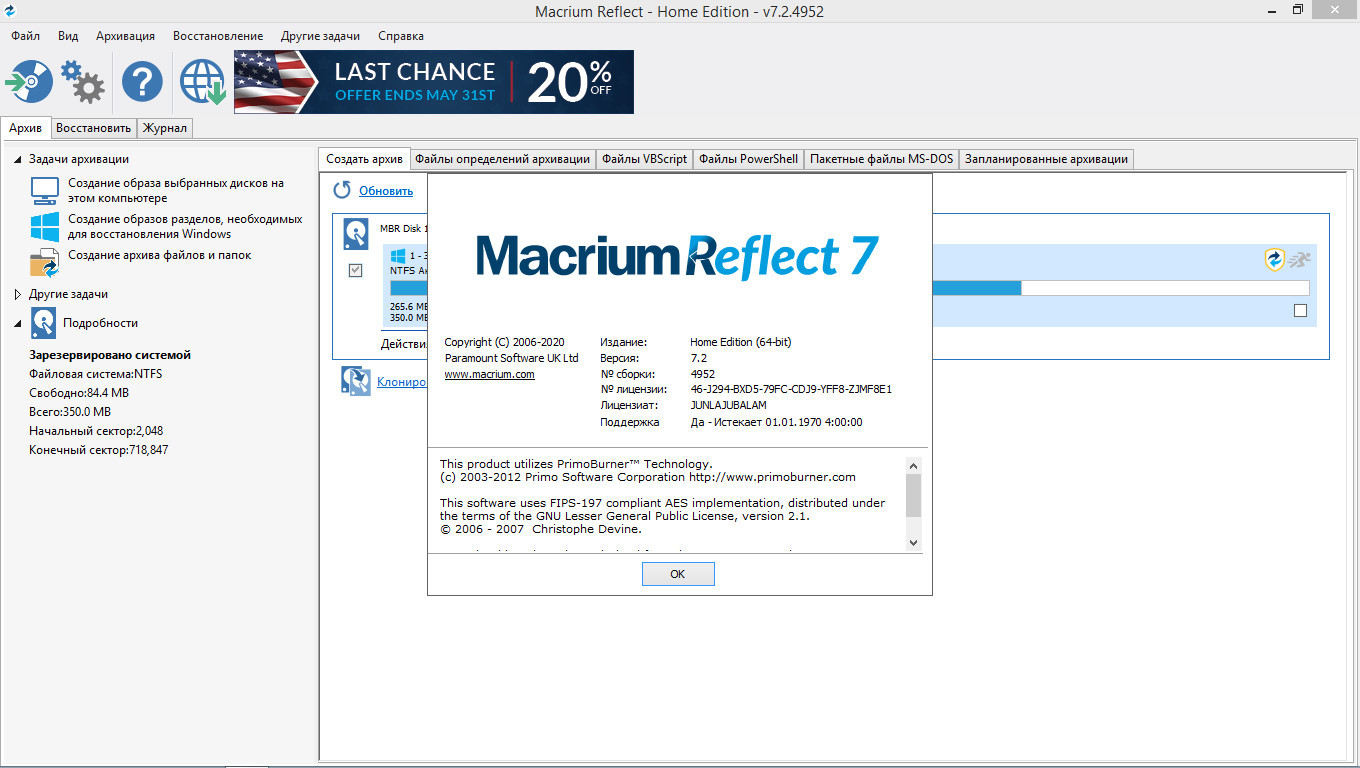
I finally figured out what the problem was: Prior to unplugging the external drive, Windows had assigned drive letter E: to it. When I got the PC home and plugged the USB drive back into the PC, all of my back-up scripts in Allway Sync stopped working.


This happened to me a week or two ago when I had to disconnect the external drive so I could take the PC to the computer repair shop. If I remove the external USB drive from the PC, then Windows may change the drive letter assignments on the PC, and then Allway Sync won't be able to find the back-up drive.

I use a little app called Allway Sync to back up my document, music and picture files and folders to my PC on the fly as I make changes on my laptop. Here's the main reason I would prefer leaving the external drive permanently plugged into the PC: My plan was to just start the backup at bedtime, and hope that it would be completed by the time I woke up the next day.īut, now that my Windows Home Network has crashed (again!), it looks like I don't really have a choice in the matter. Apart from anything else, saving the image to a local drive should be faster that saving across the network.Thanks, Bree! It hadn't occurred to me that a direct connection to my laptop would be much faster than a network connection. Simply connect the external drive to the PC you want to image. By using this imaging software, it can be created for any situation where the file would have to be whole or partial.You said that this is an external drive: " I've got a ginormous external USB drive that I luckily bought before the pandemic hit." Macriumsoftware: Everything you do is dependent on the image you are giving. For the peace of mind of your employees, customers, and your family, Macrium Reflect Free is a worthy investment of your time. Macrium Reflect Free for Windows is now licensed for use in business environments in addition to your home. Able to construct a live image of Windows OS.The Macrium Rescue Environment/Builder allows you to fully restore your computer in the event of a system failure using a DVD/CD or USB drive.Backup is browsable in Windows Explorer.Template Backups (Grandfather/Father/Son Differential Incremental).

Having a USB Drive, network, or local location where your data resides, makes it easier to schedule your data backup in order to accommodate your workflow. Using this image, you can restore your computer, remove the files which were deleted, or restore them just in one piece. Create a clone of your hard drive (or a partition of your hard drive disk) using macOS Reflect.


 0 kommentar(er)
0 kommentar(er)
